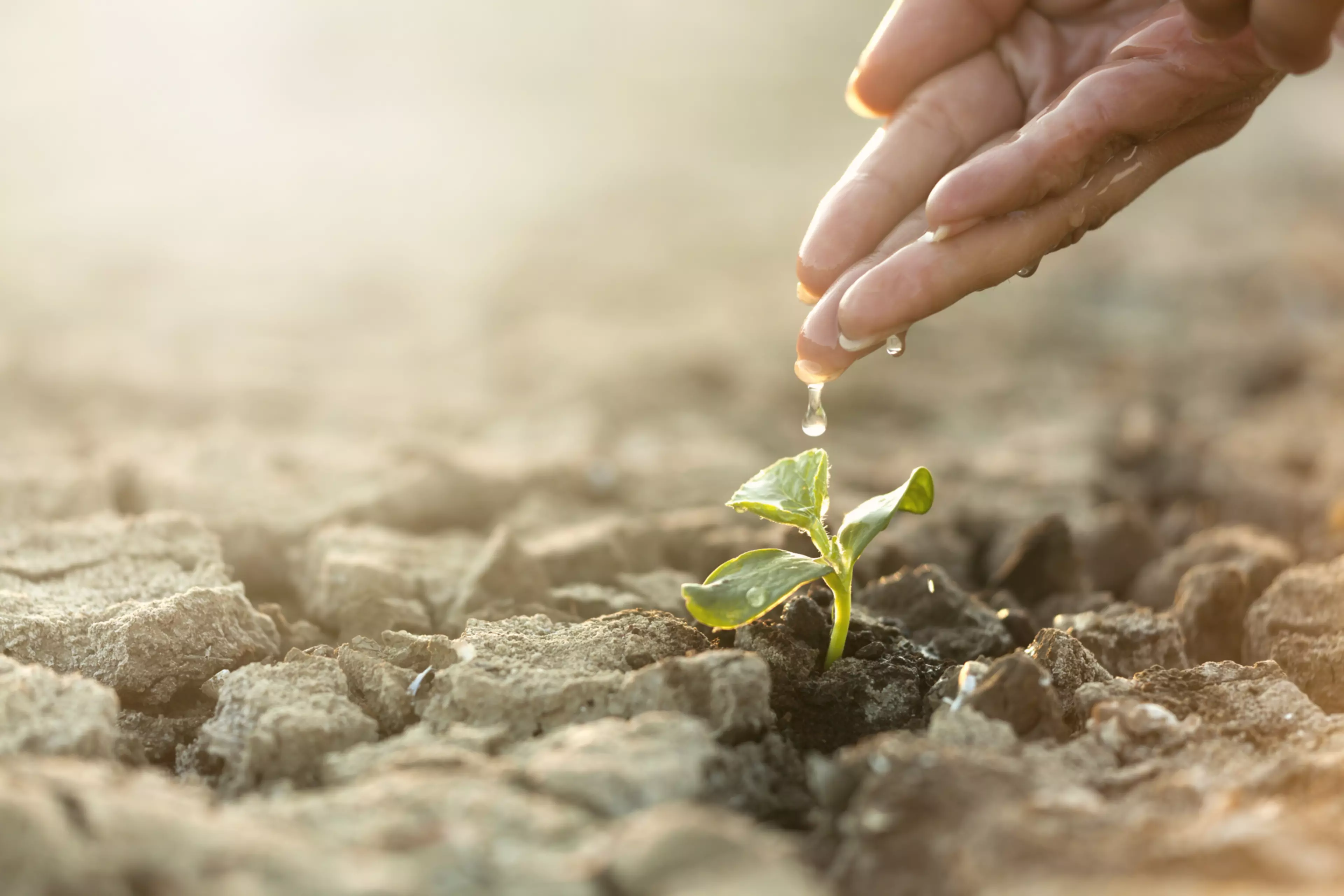Environmental balance and sales opportunities: sustainability in commercial printing is far more than just a marketing concept. But how can printers minimise their use of resources and position themselves as sustainable service providers? This already starts in the production of printing systems and runs through the entire value chain of your print production.
The need for sustainable production methods is increasing and saving resources is now a business necessity for every printing company. This is where the resource-saving aspects of digital printing score points: less waste, including auxiliary materials and consumables, and thus a reduction in waste, have a positive impact on the environmental balance sheet. In addition to good conversations with customers, this helps you to get a grip on questions about the availability of raw materials as well as price and energy cost increases.
Three steps help you on your way to becoming a sustainable company:
- Reduce and avoid greenhouse gas emissions.
- Use of renewable energies - complete switch to green electricity.
- Compensation of unavoidable greenhouse gas emissions as a further aspect of sustainable production.
At Konica Minolta, we support printers with numerous measures on the way to more sustainability. This starts with the production of the printing systems, includes the efficient use of resources and savings on materials, and extends to recycling. In addition, we offer a compensation programme that will convince your customers.
Use of recycled materials
For us, sustainability begins with the manufacture of our production printers. Today, our production printers are made from up to 15 per cent recycled materials.
Resource-saving toner production
Toner bottles made from recycled materials enable printers to print in a more resource saving way. We have developed our own recycling method and set up mass production at our factory in Malaysia. Our toner bottles are made from up to 61 per cent recycled HDPE (high density polyethylene), which is produced from empty milk bottles. Our goal is to produce all toner bottles from 100 per cent recycled materials in the future.
Use of renewable energy
The Konica Minolta Group is striving to achieve net-zero Scope 2 by 2050. We have therefore been a member of RE100, a global initiative for companies committed to sourcing 100 percent of their electricity from renewable energy sources, since 2019. Factories in China are already manufacturing our production printing systems with 100 per cent renewable energy, which reduces greenhouse emissions for printers right from the procurement of the equipment. Our French toner factory also works for us exclusively with renewable energy. Konica Minolta's European headquarters in Langenhagen, Germany, and many subsidiaries in Europe, such as in Germany and Austria, already use almost 100 per cent or all green power.
Lighter product design saves raw materials and reduces energy consumption
We are working to reduce the size and weight of office and production printing equipment while increasing its performance. A smaller and lighter product design requires fewer raw materials, reduces energy consumption during production and transport, and minimises the environmental impact of disposal.
For example, the weight of our AccurioPress C7100 digital production printing system has been reduced by around 25 per cent compared to conventional machines.
Less packaging material
Already in 2019, we at Konica Minolta have developed a new air cushion material for packaging and transporting printing systems that replaces traditional styrene foam. This reduces the amount of packaging used in transport from factories in Asia to the central warehouse in Europe and finally to printing plants, print service providers and in-house printers.
Overall, the use of lighter and more compact air cushions results in a 75 per cent reduction in the weight of shipments each year. At the same time, the packaging volume is reduced by 99 per cent, which makes a relevant contribution to reducing greenhouse gas emissions.
And of course, you as a printer also benefit directly from this: by using less packaging material and weight, you reduce your waste volumes.
The various initiatives undertaken in 2021 reduced the environmental impact of packaging throughout the supply chain - from sourcing, assembly, distribution to recovery and recycling - by the equivalent of around 1,200 tonnes of CO2 emissions per year.
Clean Planet Program - The Recycling Initiative As part of the Clean Planet Program, we collect used consumables and refurbish them. More than 9,000 European customers already recycle and refurbish the used consumables of their printing systems with us. Thanks to state-of-the-art recycling technology and special processes tailored to consumables, we can work with our customers to avoid landfill and incineration to a large extent.
More than 90 per cent of the waste is converted into secondary raw materials. Toner bottles and cartridges are given a second life. They are collected and refilled. In addition, we are working on the reuse of waste toner containers by emptying and cleaning them, thus ensuring a better environment balance.
INGEDE certified
Recycling paper closes the recycling loop for printers and print service providers. To produce recycled paper, it is crucial that the toner can be easily removed from the paper.
Our Simitri toner for production printing systems is specially developed for a very high level of de-inkability. This de-inkability has been certified by the German association INGEDE e.V. (International Association of the De-Inking Industry). This endorsement gives printers the confidence that they are helping to close the paper loop, improve recycling and reduce water pollution.






